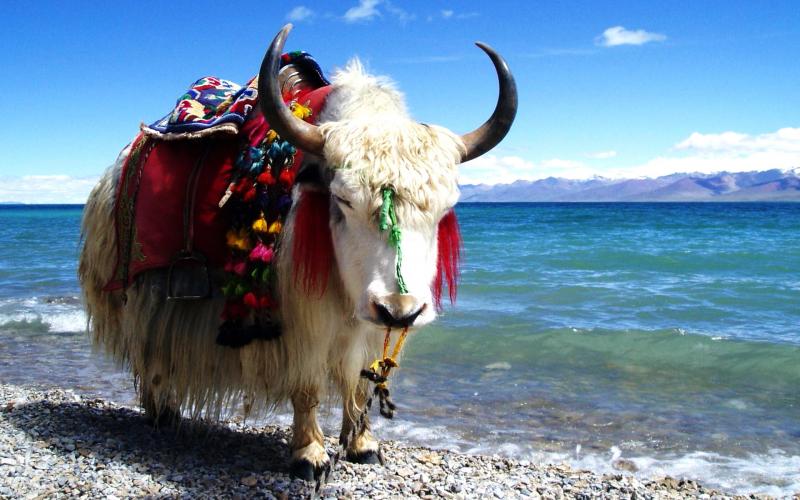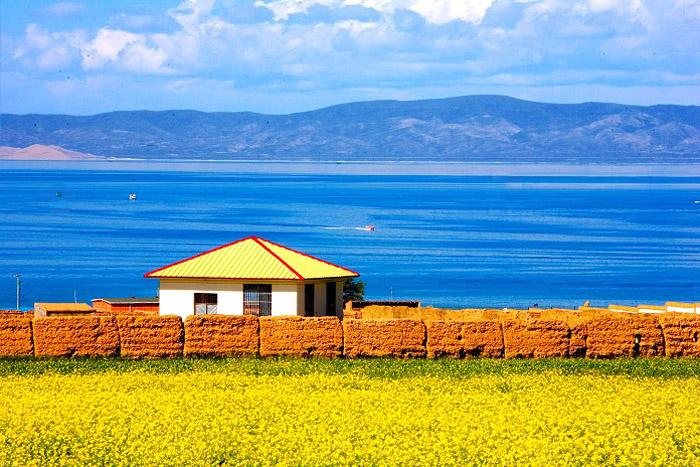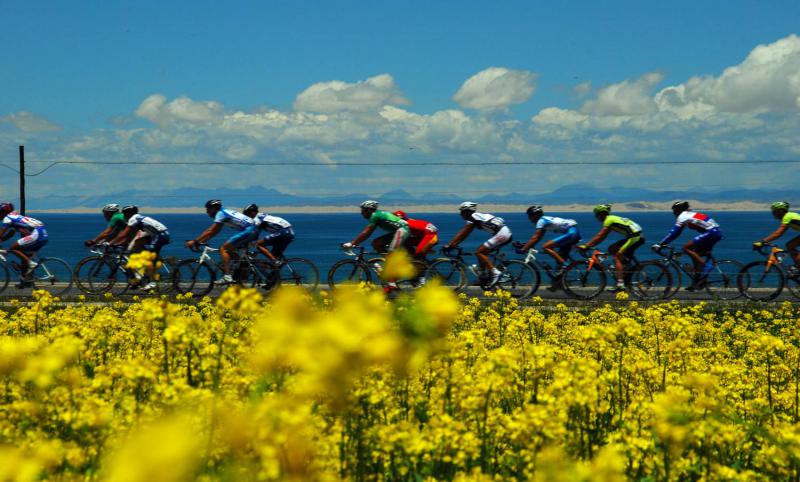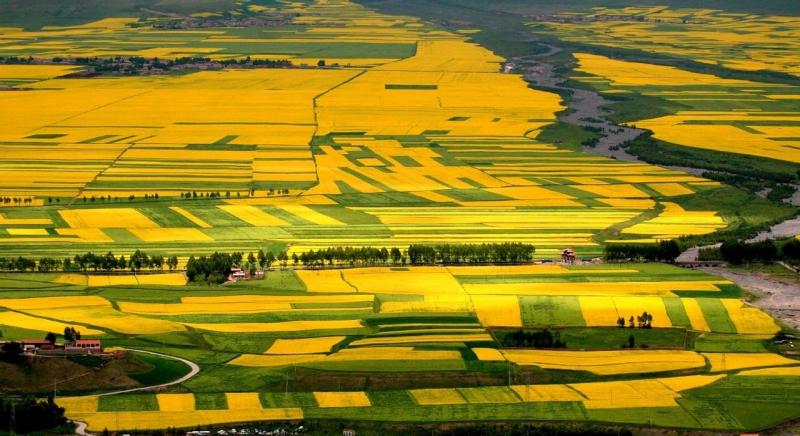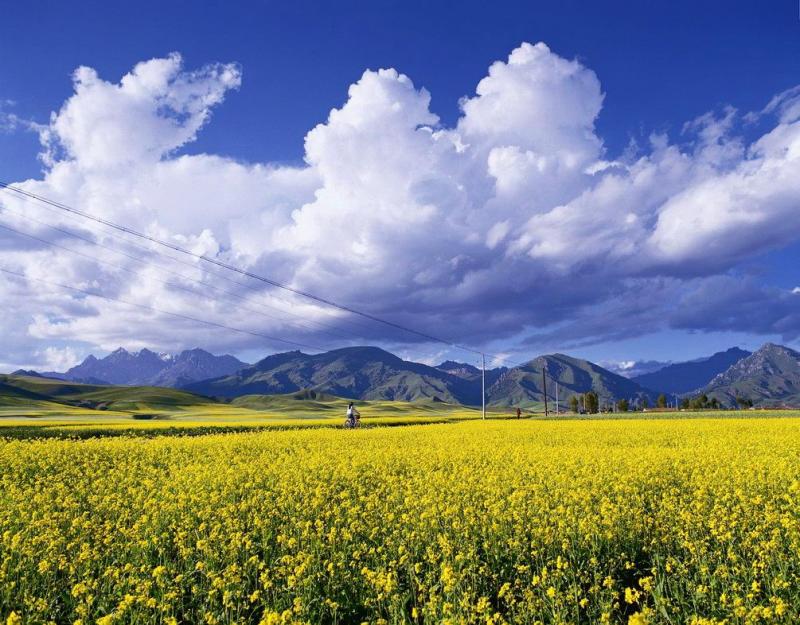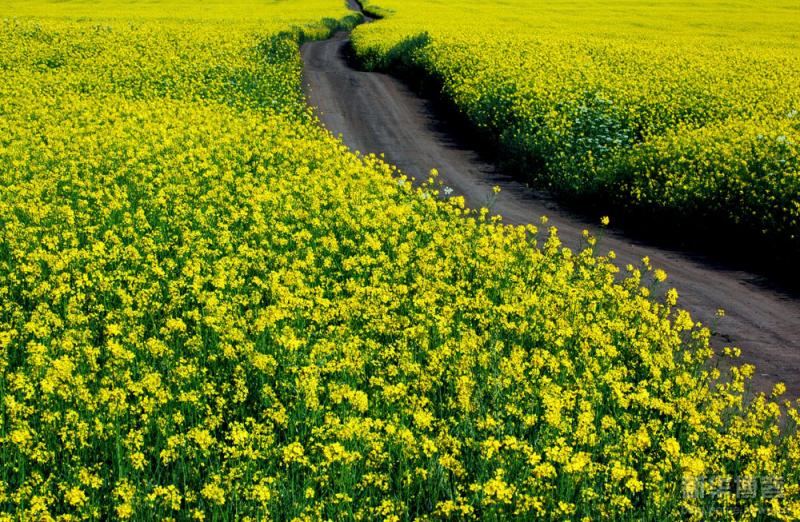Where the East meets the West, the vibrant metropolis Shanghai is famed for a diverse mix of culture and cuisine, and teemed with excellent cafes, Western restaurants, Chinese restaurants and noodle shops that cater to all tastes. We’ve filtered through recommendations from thousands of foodies to dig up the top Chinese noodle restaurants in Shanghai.
For Spicy Meat Noodles (辣肉面)
1. 220 Noodle Restaurant, Shanghai (220辣肉面馆)
For local Shanghainese, 220 Noodle Restaurant is the first choice of spicy meat noodles. The red chili oil mixed with minced meat offers you a best flavor possible of spicy noodles.
Price: around RMB13yuan per person
Address: 2-1 Songhuajiang Road, Yangpu District (close to Jungong Road) (杨浦区 松花江路2-1号, 近军工路)
2. Yongxing Noodle Restaurant (永兴面馆)
Most famous for its duck leg noodles, Yongxing also has excellent spicy meat noodles, with spicy meat of authentic Shanghahi flavor.
Price: around RMB15yuan per person
Address: 448-454 Guangxi North Road, Huangpu District (黄浦区 广西北路448-454号, 宁波路口)
3. Chunhe Noodle Restaurant (春和面馆)
You’ll have to queue up at lunch time for their noodles. The soup is cooked by cow bones.
Price: around RMB17yuan per person
Address: 1081 Changde Road, Jing’an District (next to Anyuan Road) (静安区 常德路1081号, 近安远路)
For Chitterlings Noodles (大肠面)
4. Dayan Noodle Restaurant (大眼面馆)
Developed from a steamed bun shop, Dayan noodles are favored by local people with fresh toppings, full-bodied soup and soft, good-smelled chitterlings.
Price: around RMB17yuan per person
Address: 105 Luban Road, Luwan District (next to Liyuan Road) (卢湾区鲁班路105号, 近丽园路)
5. Xianggeli Noodle Restaurant (香阁丽面馆)
The noodles look spicy and greasy, with lots of chili oil and seasonings, but are the foodies’ favorite, especially in winter.
Price: around RMB23yuan per person
Address: 501 Liyuan Road, Luwan District (close to Jumen Road) (卢湾区 丽园路501号, 近局门路)
For Yellow Croaker Noodles (黄鱼面)
6. Aniangmian Noodle Restaurant (阿娘面)
The most renowned Lane Noodles (弄堂面) of the Old Shanghai, A Niang Noodles are full of memories. Yellow croaker noodles are the specialty.
Price: around RMB29yuan per person
Address: 36 Sinan Road, Luwan District (close to Nanchang Road) (卢湾区 思南路36号, 近南昌路)
7. Youxin Shanghai Dessert (有心上海点心)
The noodles are handmade, without any additive, and taste absolutely smooth. The yellow croakers are the best of its kind and cooked within 12 hours after caught.
Price: around RMB60yuan per person
Address:
1378, Huamu Rd, ShiJi GongYuan, Pudong (花木路1378号浦东嘉里城商场)
179, Maotai Rd, Changning (金光绿庭商场)
For Seafood Noodles (海鲜面)
8. Shi Mian Huan Teng Noodle Restaurant (十面欢腾)
The green crab noodles (with soup or without soup) are the most recommended.
Price: around RMB60yuan per person
Address: 795 Dingxi Rd, Changning District (长宁区定西路795号)/352 Changle Rd, Luwan District (卢湾区长乐路352号)
9. A Li Jia Noodle Restaurant (阿莉家的面)
The only noodle shop in Shanghai that offers Antarctic crayfish noodles, it combines the Japanese flavor with local Shanghai flavor. Enjoy the fresh seafood and delicious seasonings.
Price: around RMB59yuan per person
Address: 394 Zaoyang Road, Putuo District (普陀区 枣阳路394号)
For Pork Liver Noodles (猪肝面)
10. Baotai Noodle Restaurant (宝泰面馆)
One of the top four noodle restaurants in Luwan District, Shanghai, it is an after-hours restaurant.
Price: around RMB29yuan per person
Address: Lane 1, 1072 Quxi Road, Luwan District (卢湾区 瞿溪路1072弄1号)
11. Kingkong Wonton & Noodle Restaurant (金刚馄饨还有面)
As the name indicates, this restaurant is famous for offering Shanghai’s best wontons, as well as the pork liver noodles.
Price: around RMB44yuan per person
Address: Room 001, Building 11, 207 Mengzi Road(蒙自路207号11号楼001)
For Bullfrog Noodles (牛蛙面)
12. Haling Noodle Restaurant (哈灵面馆)
The good reputation has brought it numerous customers every day. A bowl of bullfrog noodles includes two or three bullfrogs, and can be shared by two girls.
Price: around RMB26yuan per person
Address: 8 Guangxi South Road, Huangpu District (黄浦区 广西南路8号)
For Sliced Eel Noodles (鳝丝面)
13. Fuhai Noodle Restaurant (福海面馆)
Another one of the top four noodle restaurants in Luwan District, Shanghai
Price: around RMB15yuan per person
Address: 332 Xietu Road, Luwan District (卢湾区 斜土路332号)
14. Xiaoguan Noodle Restaurant (小管面馆)
The noodles with the ingredients are of typical Shanghai cuisine flavor and retain the old Luwan taste.
Price: around RMB18yuan per person
Address: 1230 Quxi Road, Luwan District (卢湾区 瞿溪路1230号)
For Noodles Mixed with Scallion (葱油拌面)
15. Weiman Noodle Restaurant (味满)
Here the noodles recall local people’s childhood memory…
Price: around RMB100yuan per person
Address: 97-1 Xiangyang North Road, Xuhui District, close to Xiangyang Building (徐汇区襄阳北路97号-1临襄阳大楼)
16. Laodifang Noodle Restaurant (老地方面馆)
A very small noodle shop, but with very high popularity!
Price: around RMB22yuan per person
Address: 233 Xiangyang South Road, Xuhui District (徐汇区 襄阳南路233号)
